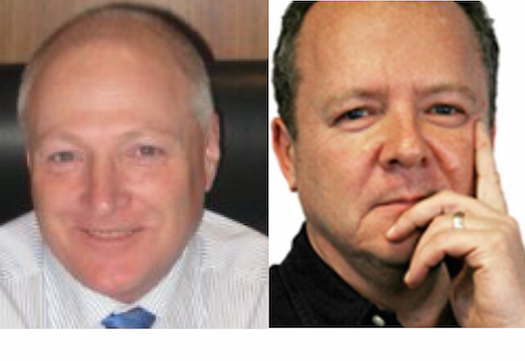Last week Phil Dobbie, Director of Loudmouth Communications posted an opinion piece published by AdNews entitled Commercial Radio Industry’s Jukebox Approach Is Killing The Medium. It set out to attack the industry for not being inventive enough and simply using the DAB+ spectrum allocated to it to block new entrants. Now former Fairfax Network boss and Radio Hall of Fame inductee, Graham Mott responds.
As a true believer of radio in Australia I get annoyed when someone decides to have a crack at our industry. Even more so when it appears the person pumping out the criticism doesn’t seem to know what they’re talking about.
Phil Dobbie, a journalist and director of Loudmouth Communications, has put pen to paper under an article headed: Commercial Radio Industry’s Jukebox Approach Is Killing The Medium.
Phil’s negative piece was published in AdNews and as history often suggests its best to ignore such ravings by not responding. However, when industry publications run this stuff unchallenged I reckon someone’s got to say something to, at the very least, provide some balance in the story.
One of Phil’s unbelievable claims stated: It’s hard to call Australia’s DAB experiment a success. Phil, what are you talking about?
Use of the Digital Spectrum was determined by the Federal government working with the broadcasting industry – Commercial Radio & TV, ABC Radio & TV, SBS Radio & TV, Community Broadcasters and the Australian Communications & Media Authority (ACMA). The Government wanted to hear the views of the people who operate in the sector and by doing so were able to come up with a plan that would deliver the best Digital platform.
The Government was, and still is, a strong believer in Digital and they were keen to see TV and Radio broadcasters move away from analogue. In order to encourage the broadcasting industry to move sooner rather than later the Government decided to offer the industry free spectrum. In return the industry was required to create the broadcasting infrastructure for Digital at a cost of many millions of dollars. This collaborative approach has so far worked well for the Government, broadcasting industry and the ACMA.
Under the Radio Communications Act 1992 (Radcoms Act) each licensee in metropolitan markets was granted 128kbs of Digital spectrum and it was up to each station to determine how they used their allocation. However, there was one requirement each licensee had to deliver: they must simulcast their analogue station on Digital. If they used, say 64kbs, for the simulcast they could then use the remainder to create a new station/s.
The main purpose of creating a Digital broadcasting platform was to move analogue listeners to Digital. This is essential because just like TV there will come a day when analogue is turned off forever.
Given these circumstances is it any wonder that the radio industry is focused on moving their current audiences from analogue to Digital. And, if you look at the Digital ratings you’ll see the industry is doing a great job. The proof of this is shown in the ratings where the most popular analogue stations are also the most popular on Digital.
In Phil Dobbie’s AdNews article he has made a big deal of the Digital only channels stating that Sydney’s Triple M Classic Rock only has 72,000 listeners. Nice one Phil, but that’s not the whole story. The reach of Triple M’s Classic Rock audience across Australia is around 250,000. Now Phil, that’s more listeners than many current stations can boast.
Phil Dobbie has left us in no doubt that he thinks Digital should all about NEW – New stations, New formats. I’m not sure what he thinks is the right number of New, but if he had a close listen around Australia he’d discover there are many New stations and New formats. In fact, Digital listeners have an enormous choice – the kind of choices like never before.
Digital Radio is still in its infancy and has a long way to go. I believe progress has been very good and done so in an environment where the broadcasters must make responsible business decisions. Achieving the right balance between operating a successful incumbent analogue business while developing a new and exciting Digital platform is paramount to the future success of the broadcasting industry.


Just in case you want to read the original case: http://www.adnews.com.au/opinion/commercial-radio-industry-s-juke-box-approach-is-killing-the-medium